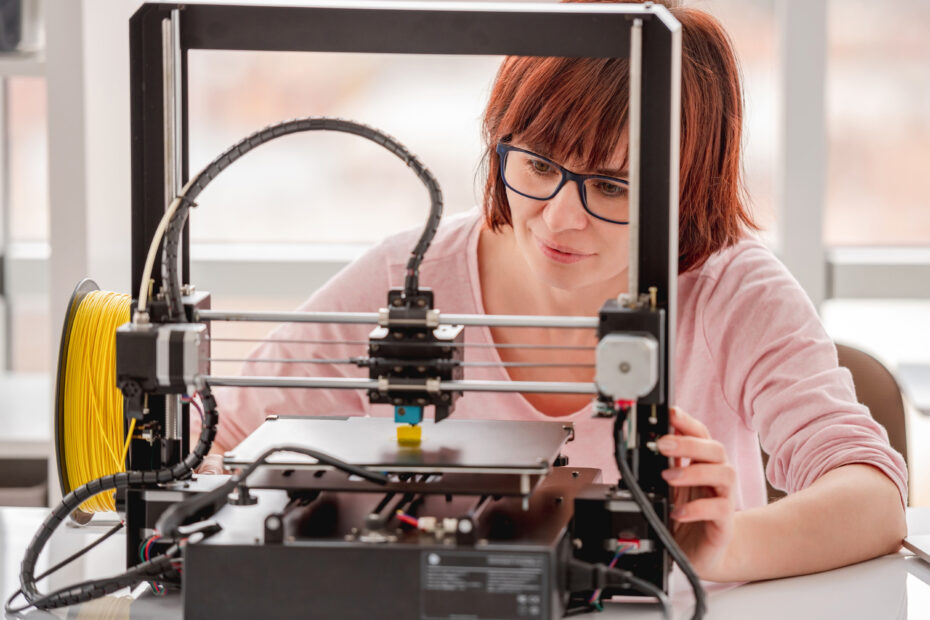The concept of T-shaped skills based on the insights of IO1 was placed in the centre of our vision as those abilities of the workforce in the Toolmaking and Habitat sectors are strongly needed. The vertical bar on the T represents the depth of related skills and expertise in a single field, whereas the horizontal bar is the ability to collaborate across disciplines with experts in other areas and to apply knowledge in areas of expertise other than one’s own.
Following the features of the SAMANTHA initiative, this output further defined a Harmonized Learning Outcome Template and Harmonized Unit Description Template. Previous analysis identified the most suitable training paths, modules, and units in order to ease the learning process of the students. The ECVET (European credit system for vocational education) was used for the curriculum making this education experience even more attractive.
The different learning outcomes are specified with the following aspects and are carried out by the respective project partners making a distinction among the Toolmaking industry and Habitat sector:
| Habitat Sector | Toolmaking Sector | |
| Technical Competences | KIT / CENTROCOT | TECOS / KIT |
| Quality, risk, ethics & safety competences | AMUEBLA / CENFIM | TECOS |
| Management & entrepreneurship competences | CENFIM / AMUEBLA | TECOS / KIT |
| Communication competences | ILI-FAU / CEIPES | ILI-FAU / CEIPES |
| Innovation competences | CENTROCOT / KIT / ILI-FAU | KIT / TECOS / ILI-FAU / CEIPES |
| Emotional & social intelligence competences | CEIPES / ILI-FAU | CEIPES / ILI-FAU |
The distribution seen above leads also to a more precise Module responsibility:
| Technical Modules | Introduction to AM | CENTROCOT / KIT |
| AM printing technologies | TECOS | |
| Design & modelling software | KIT | |
| Production process & machines for the Toolmaking & Habitat Sectors | KIT | |
| AM materials | CENTROCOT | |
| Transversal Modules | Creativity & social innovation | CEIPES |
| Communication skills & competences | ILI | |
| Project management techniques for continuous innovation through AM | AMUEBLA | |
| Business model innovation | CENFIM |
These modules have been developed as offline content and we are now in the state of peer review. All feedback is being implemented to achieve a coherent style and content.
